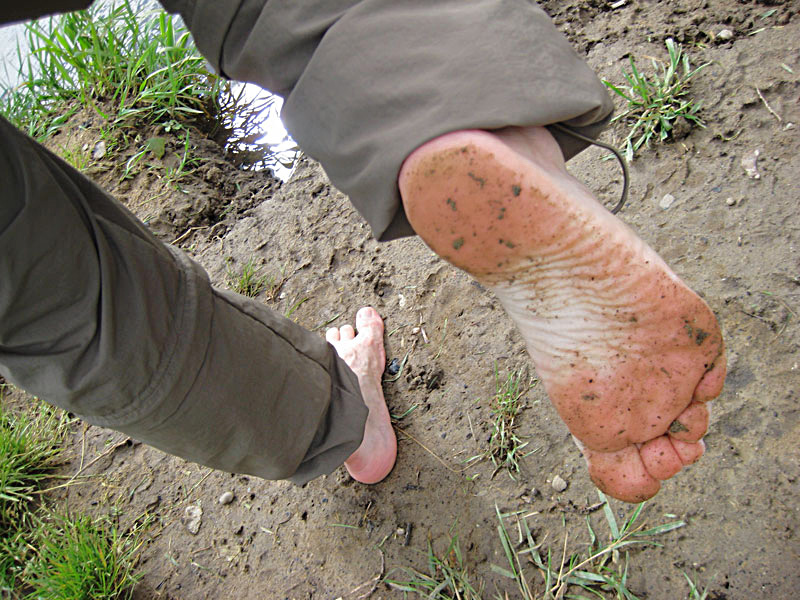IMMUNOLOGY: HOW THE BODY DEFENDS ITSELF AGAINST HELMINTH INFECTION
![SI_20180125_081845[1].jpg](https://steemitimages.com/DQmReGvFFFHQj8MFnrdK6UvCGf6e45tdsv7VXU6GYCiz2eT/SI_20180125_081845%5B1%5D.jpg)
Introduction helminth infections which are alternatively called helminthases are macroparasictic diseases of humans and other animals in which a part of the body has been infected by worms that belong to the phylum,helminthes .Helminth worms as parasitic agents of helminth infections are transmitted basically through soil and water the reason for which helminth infections are broadly categorized into;
a. Water transmitted helminthiases

source
b. Soil transmitted heminthiases

source
Helminth parasites fall into three basic groups which are; a. The trematodes that are alternatively called the flukes, b. The cestodes that are alternatively called tapeworms, and c. The nematodes which are alternatively called the roundworms. Resolution of members into a given group depends on similarities in structures and morphology. The trematodes or flukes are leaf-like unsegmented parasitic worms that have oral and ventral suckers with which they achieve attachment and position insitu in their hosts. A well known member of this group is Schistosomia haematobium which is the implicative etiological parasite of Schistosomiasis. The cestodes or tapeworms are tape-like segmented parasitic worms that posses posterior suckers with which they achieve attachment to host. One member with notorious epidemiological recognition is Taenia solium which is the associated aetological agent of human taeniasis. The nematodes or roundworms are unsegmented cylindrical parasitic worms that possess oral suckers functionally associated with host attachment. A well known member of this group is the aetiological agent of onchocercaisis, i.e Onchocerca volvulus. Helminth parasites basically live in in the gastrointestinal tract(GIT) of their hosts although they may at some pathological conditions and opportunities burrow into other organs of the body systems to orchestrate or induce physiological damage. They remain the major causes of wildlife diseases, economic problems in the livestock industry and human socio-economic problems in developing countries of the world.
Some Specific Helminth Helminth Infections Some helminth infections of high epidemiological concern in public health are highlighted as follows; 1. Schitosomiaisis which is alternatively called bilharziasis or snail fever affects basically the circulatory systems and it is caused by any of Schitosomia haematobium, Schitosomia mansoni, Schitosomia japonicum, Schitosomia intercalatum, and Schitosomia mekongi, 2. Elephantiasis which is alternatively called lymphatic filariasis affects basically the lymphatic system and it caused by any of Wuchereria bancrofti, Brugia malayi, and Brugia timori, 3. Onchocercaisis which is alternatively called river blindness affects basically the eye and the skin tissues and it is caused by Onchocerca volvulus, 4. Hookworm disease affects basically the intestinal tract(small intestine) and it is caused by either Necator americanus or Ancylostoma duodenale, 5. Ascariasis affects basically the intestinal tract and it is caused by Ascaris lumbricoides, 6. Trichuriasis which is alternatively called whipworm infection affects basically the large intestine and it caused by Trichuris trichuria, 7. Taeniasis alternatively known as tapeworm infection affects basically the small intenstine and the muscle tissues and it is caused by any of Taenia solium, Taenia saginata, and Taenia echinococcus, 8. Dracunculiasis which is alternatively called GWD, meaning Guinea Worm Disease affects basically the cutaneous or skin tissues and it is caused by guinea worm scientifically known as Dracunculus medinensis, 9. Loiasis which is aternatively called Calabar swellings affects basically the skin and eye and it is caused by a filarial nematode called Loa loa, and 10. Fascioliasis which is alternatively called liver rot affects basically the liver and it is caused by either Fasciola hepatica or Fasciola gigantic.
Epidemeology of Helminth Infections Helminth infections are among the most common infections worldwide and they affect the poorest and most deprived communities. More than 1.5 billion people corresponding to 24% of the world's population are infected with helminth infections worldwide. Helminth infections are widely distributed in tropical and subtropical areas of the world with the greatest number of cases recorded in sub-Saharan Africa, the Americas, China and East Asia. Over 270 pre-school age children and 600million school age children live in areas where these parasites are intensively transmitted. Transmission of helminth infections concurs in a variety of ways and the worms are transmitted through their infective eggs or larvae that are harbored in intermediate hosts or vectors or that have been deposited into the soil or water by intermediate hosts in their life cycles. Some helminth infections are transmitted to humans through vectors. An example of these vector-transmitted helminth infections is ochoncercaises(I.e river blindness) caused by the filarial worm, ochoncerca volvolus. The infective stage of the worm is transmitted to humans when the insect vectors bite a victim to inject the worm into his system as commonly happens in riverine areas. Another group of helminth infections are transmitted to humans through soil. These group of helminth infections are called soil transmitted helminth (STH) infections or geohelminth infections. An example of soil transmitted helminth infections is guinea worm disease(GWD) caused by Dracunculus medinensis. In the transmission of helminth infections through the soil, the infective stages of the worm that have been deposited on the soil by intermediate hosts through their faeces penetrate the skin of a victim as he walks through the soil such that from the skin, the contracted worms eventually arrive his internal systems or if hands that have been used to contact the contaminated soil are unwittingly inserted into the oral cavity before washing, the worms are taken into the systems through the gastrointestinal tract. Infective stages of the worms can also be flooded from the sites of their deposition in the soil to arrive some vegetables and plant parts such that if these vegetables and plant parts are used as foods by man, the worms are contracted especially if the foods are improperly cooked. In a related epidemiological chain of transmission, animals that are intermediate hosts of these worms when used as meats by man serve as sources of these worm infections through the gastrointestinal tract especially if such meats are improperly cooked before ingestion. An example of these foodborne helminth infections is taniasis caused by Taenia solium associated with pork. Again, some helminth infections can be picked from contaminated water bodies. When a victim lingers in a contaminated water body for swimming or other activities, infective stages of the worms already harbored in the water body can penetrate his skin to access and eventually arrive his internal organs and systems or they are orally contracted when water from such contaminated water bodies are used for drinking or food preparation.